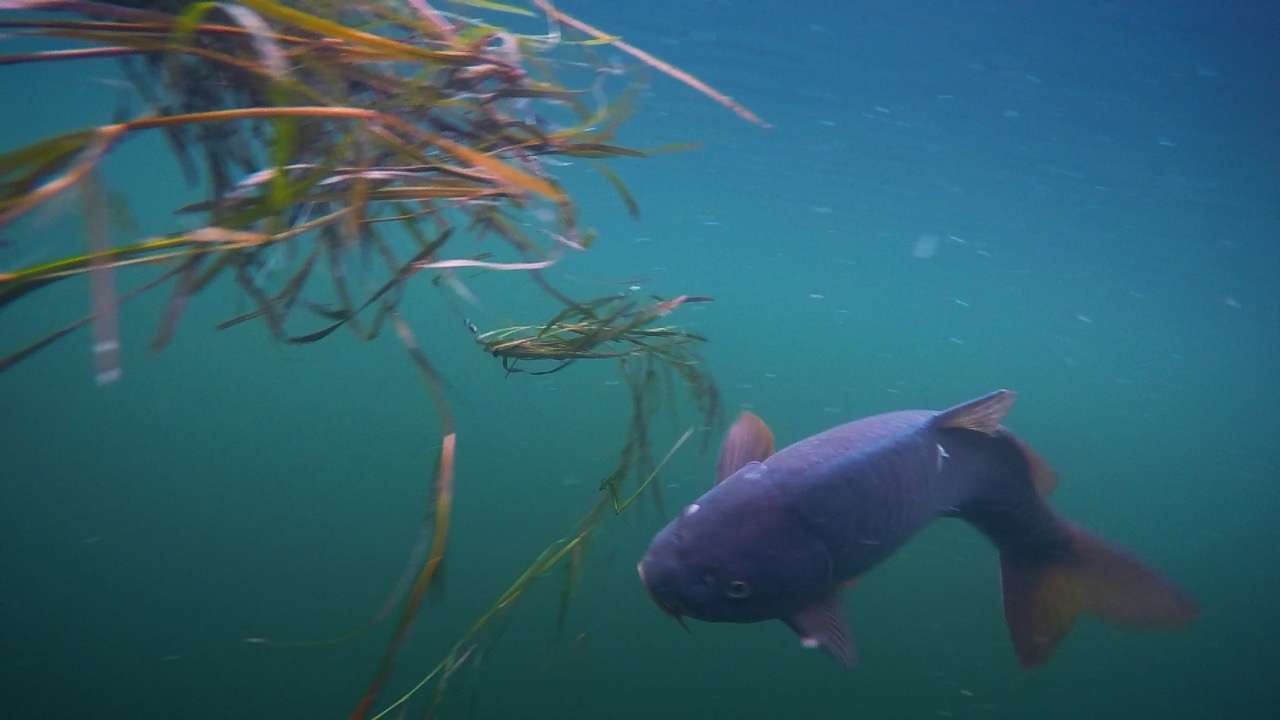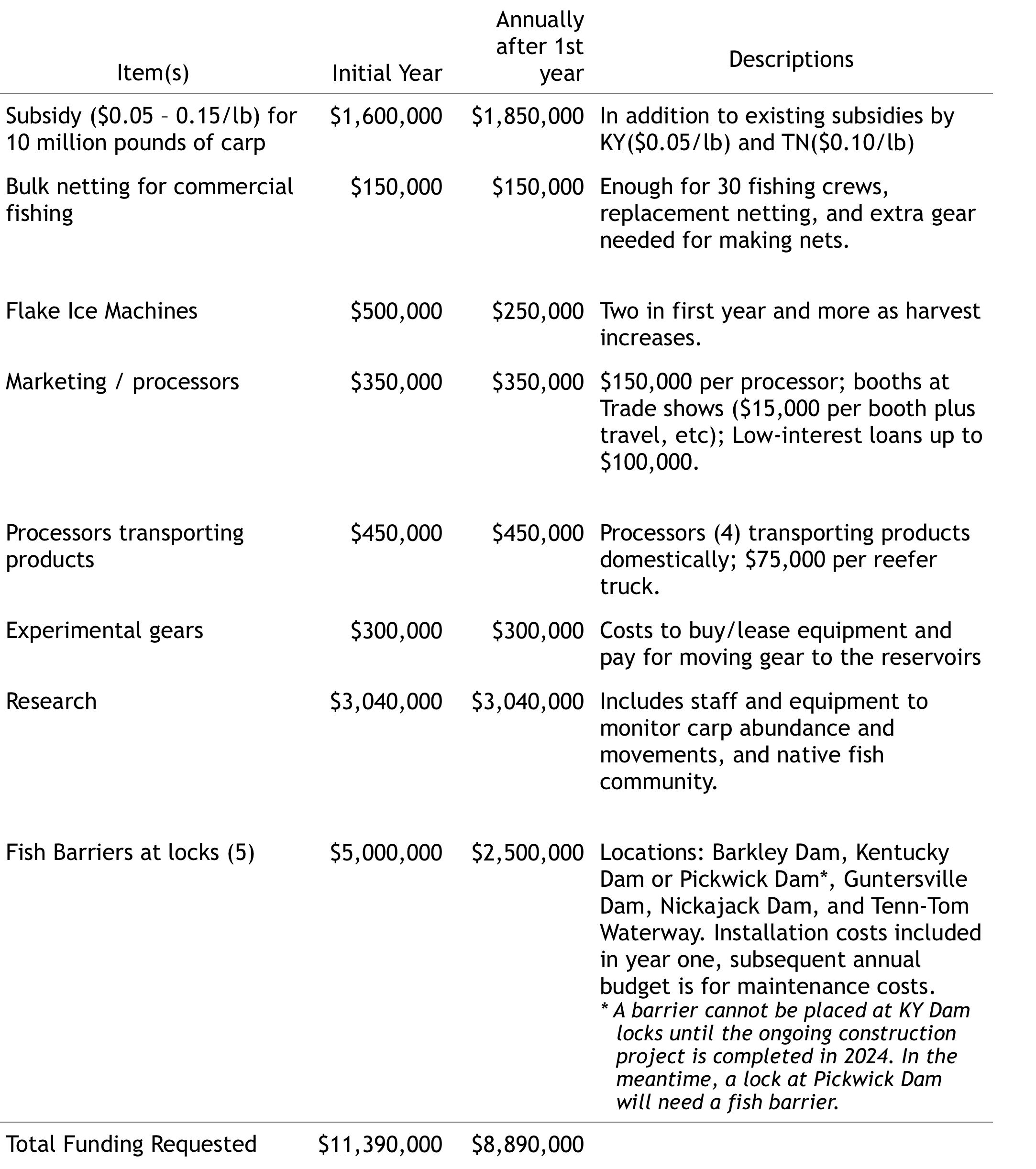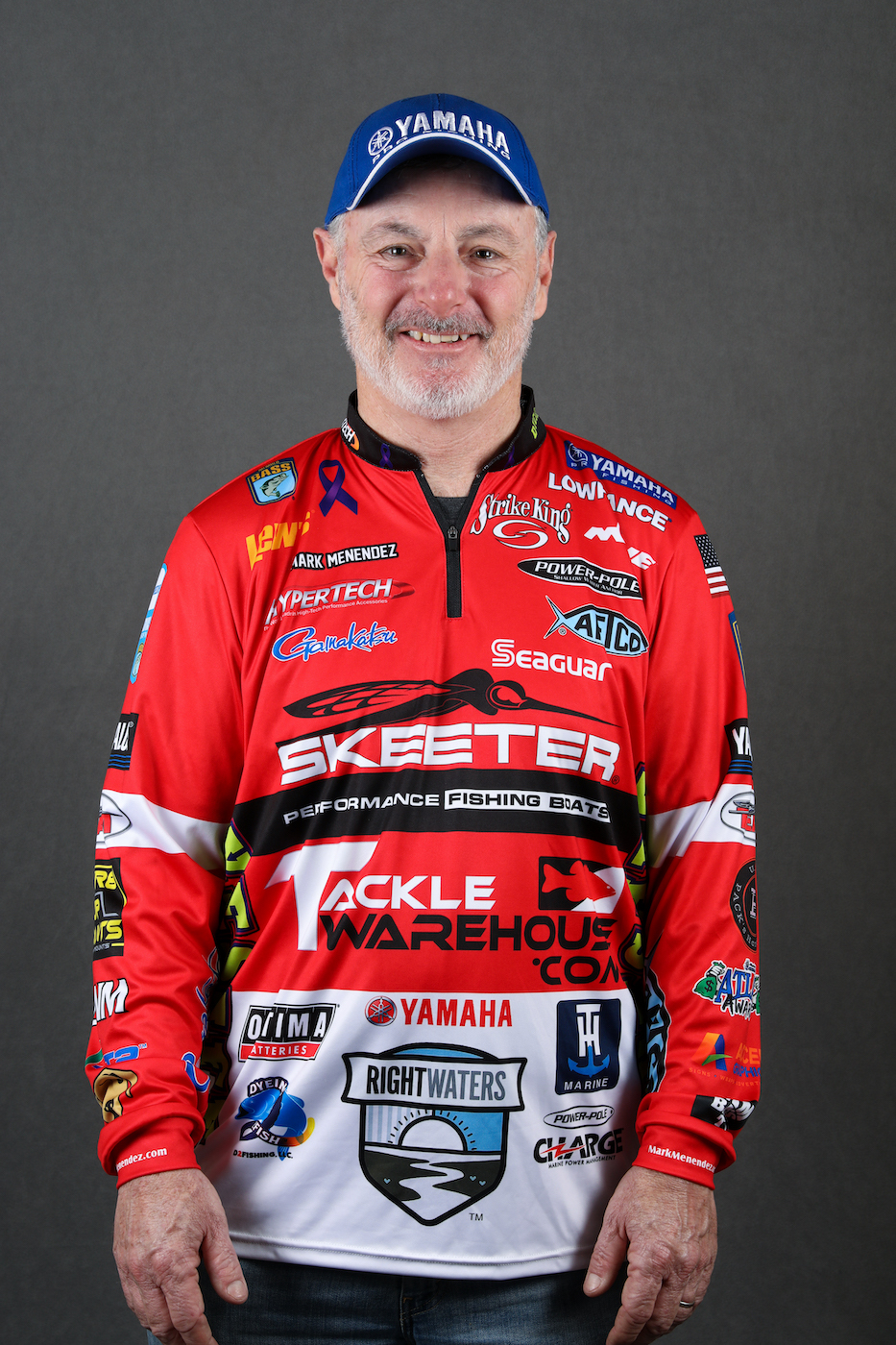
It’s all about the money.
I’ve written a lot about the war on carp over the past month or so because it’s really important that we — all anglers — win it. If we lose, sport fishing is in big trouble.
Editor’s note: Read part 1 and part 2.
Unfortunately, however, we live in the real world. If we’re going to win it, we’ll need money and lots of it. That means federal money, not just state money.
What I’m going to say from now on is about how things really are, not how I’d like them to be or how they would be if everything was perfect. Like I said, we live in the real world.
Another thing: This isn’t the sexiest subject that I’ve ever written about or that you’ve ever read. It’s a lot more fun to talk about how to catch a big bass. The thing is, though, if we don’t get on this there won’t be any reason to write about how to catch a big bass because there won’t be one around to catch.
Federal dollar allocations to protect the Great Lakes from invasive carp species total tens of millions of dollars and it was recently announced that a new barrier project would cost $778 million.
Meanwhile other equally valued resources in the country receive little funding. One example of this disparity is that the entire Ohio River Basin receives just $600,000 for the same type of projects — and the Ohio River Basin covers seven states.
In recent years Kentucky, Tennessee, Mississippi and Alabama have developed strategies to control carp in the Tennessee River and the Cumberland River. That said, funding is in short supply. The cost will be at least $10 million per year for anything approaching effective control.
As of today Kentucky Lake and Lake Barkley have been the hardest hit states from the Asian carp invasion. But that doesn’t tell the whole story. They are migrating into other waters, and that migration threatens 12 reservoirs in four states as well as the Tennessee-Tombigbee Waterway.
That’s exactly where commercial fishing comes into play. As a practical matter it’s the most effective way to control Asian carp once they’re established in high numbers.
Both Tennessee and Kentucky are promoting the commercial carp industry by providing regulations and monetary incentives which support commercial fishermen who target Asian carp. However, state resources alone are insufficient to promote the level of harvest needed today. Additional funding is required to quickly recruit fishermen to this new industry and invite markets which rely on substantial, consistent fish supplies.
We’ve covered some of the financial incentives that are being offered by Kentucky and other states for commercial fishing in the first two parts of “The war on carp” so I won’t repeat them here. I will say, however, that the incentives are not government giveaways. They are much needed help for the men and women who are working hard to help us control the Asian carp problem.
It should be noted at this point that funding passed through the U.S. Fish and Wildlife Service’s general funds as Water Resources Development Act (WRDA) funds, cannot be used to directly enhance commercial fishing or the commercial industry.WRDA funds can be used for research efforts and fish deterrent systems. Any commercial incentives would need to be funded as separate, pass-through grants or WRDA would need to be amended to allow funds to be used for commercial incentives.
Commercial removal isn’t the total answer, however. We also need serious funding for barriers in the dams to help control migration. And that’s no easy task considering that the lock chambers on Kentucky Lake and Lake Barkley are opened some 6,000 times each year. And that’s only two dams on two river systems.
I’ve attached a chart showing our budget as of this writing. That might sound like a lot of money but it isn’t. We need at least $25 million more, and we’ve requested those funds. Our request looks positive, but it’s by no means guaranteed. And even if those funds are approved there are dozens of other dams with locks throughout our waterways that all connect to one another.

I’m asking everyone who loves to bass fish to take this issue seriously, and to support government funding to help control Asian carp. One of my sponsors has done exactly that — Yamaha.
They recently sent me, along with representatives from the company, to Washington D.C. to meet with senators and congressmen and women to talk to them about the importance of the problem we’re facing and the need for serious funding.
Ron Brooks, director of the fisheries staff at the Kentucky Department of Fish & Wildlife Resources, was there at the same time representing the KDFW. We spoke to the Congressional Boating Caucus directed at aquatic invasive species. Marc Gaden, communications director and legislative liaison for the Great Lakes Fisheries Commission, also spoke to the same Caucus.
If Yamaha, a private company, along with government entities can step up in such a big way, so can we.
Next time we’ll catch some bass. I promise.





